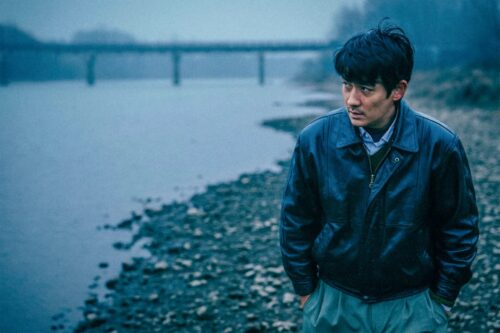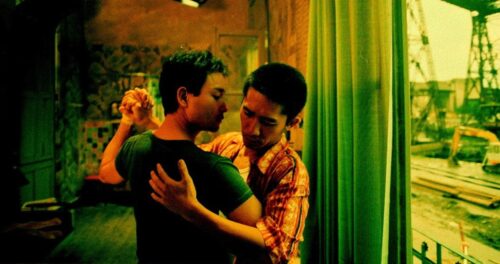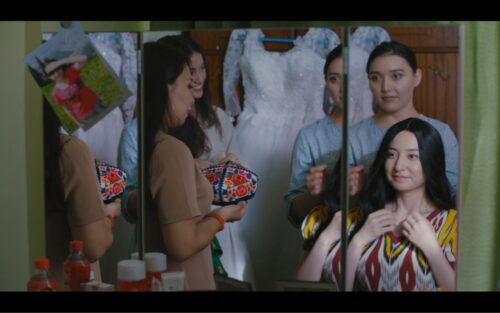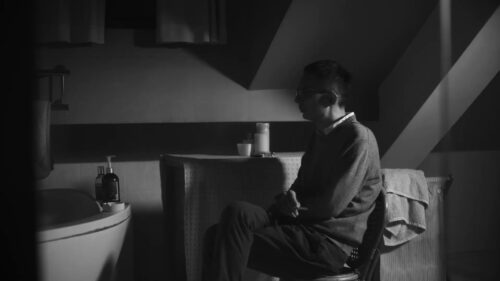Five classics that defined celebrated screenwriter Ni Kuang
Hong Kong author and screenwriter Ni Kuang was famed for his wuxia and science fiction adventures. His influence also extends to the film industry, where he contributed to some of the most well-known martial arts flicks of the era.
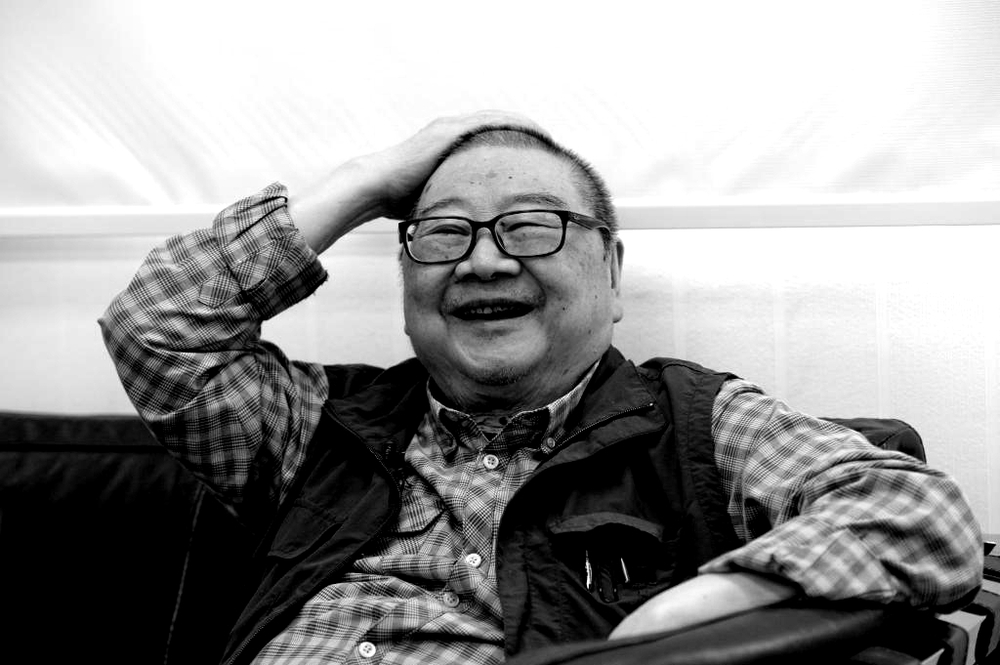
Ní Kuāng 倪匡, a prolific Chinese author and screenwriter who was one of the most admired and influential figures in the Hong Kong film industry, renowned particularly for scripting several classic martial arts movies, has passed away at the age of 87.
The news was reported over the weekend by Tenky Tin Kai-man (田啟文 Tián Qǐwén), actor and spokesman of the Federation of Hong Kong Filmmakers, who said that Ni died at his home on Sunday after a battle with cancer. Ni’s death was later confirmed by his daughter-in-law, the actress and singer Vivian Chow (周慧敏 Zhōu Huìmǐn), who wrote on social media on Tuesday that per Ni’s wishes, there would be no funeral or memorial service.
In the world of contemporary Chinese literature, Ni was best known for his Wisely Series of sci-fi novels, a collection of about 150 adventure stories that often featured aliens and extraterrestrial creatures. Initially serialized in Ming Pao, one of Hong Kong’s top Chinese-language newspapers, the series was later adapted for numerous films and TV series.
Ni branched out into screenwriting in the 1960s. Throughout his film career, Ni wrote some 300 screenplays, many in the martial arts genre and many for the Shaw Brothers Studio, a powerhouse producer of Hong Kong action cinema. Ni’s decades-long contribution to the industry brought him a special Hong Kong Film Award for Lifetime Achievement in 2012 and the Jubilee Honour Award from the Hong Kong Screenwriters’ Guild in 2018.
In remembrance of the legendary screenwriter, we take a look at five iconic movies that Ni worked on among an impressive body of work.
One-Armed Swordsman
独臂刀 (dú bì dāo) (1967)
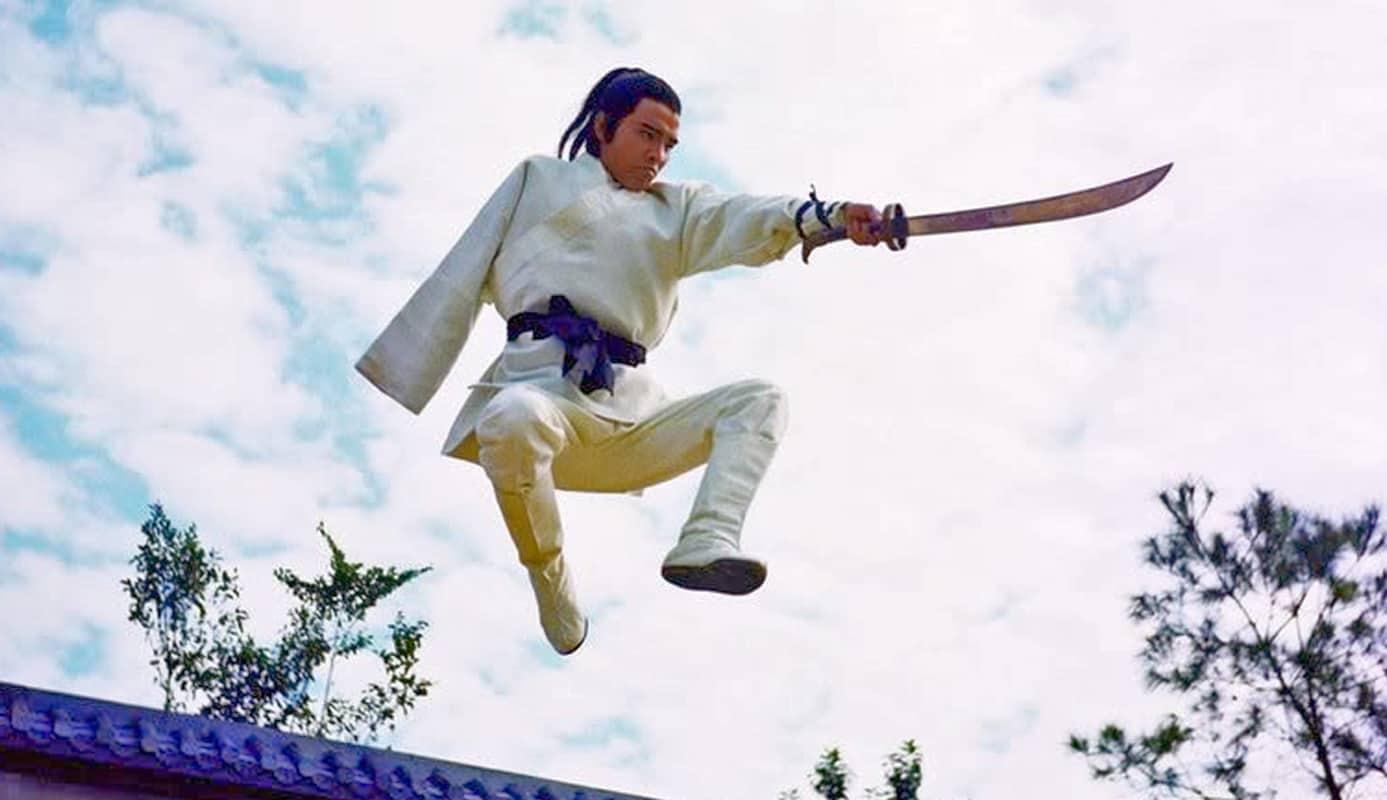
The first film that Ni wrote a script for — and the one that immediately catapulted him to wide recognition in Hong Kong’s film industry, One-Armed Swordsman is a dark, action-packed wuxia classic that tells the tale of Fang Gang, a lieutenant who develops himself into an one-man destruction machine after being maimed by jealous rivals.
It’s difficult to underestimate the film’s success and its huge ripple effect in the Hong Kong film industry, specifically the wuxia genre: Released in 1967 and produced by Shaw Brothers, One-Armed Swordsman was the first Hong Kong film to make HK$1 million ($127,434) at the local box office, propelling its director Chang Cheh (张彻 Zhāng Chè) and leading man Jimmy Wang Yu (王羽 Wáng Yǔ) out of obscurity.
On top of its commercial success, One-Armed Swordsman also introduced a new style of wuxia film featuring male anti-heroes, heavy bloodletting, and a level of violence that was unprecedented for the time. Taking its thematic cues as much from sword-wielding Samurai films from Japan as action flicks from the West, One-armed Swordsman sees Chang elevate the in-house studio-shot aesthetic synonymous with Shaw Bros’s production to create a hybrid sense of realism and abstraction. With an emphasis on showcasing the protagonist’s macho posturing and his ride-or-die friendship with other male characters, the movie was also the antithesis of King Hu’s (胡金铨 Hú Jīnquán) female-centric Come Drink with Me (大醉俠 dà zuì xiá), the other film that kickstarted the wuxia wave in the late ’60s.
Vengeance
报仇 (bàochóu) (1970)
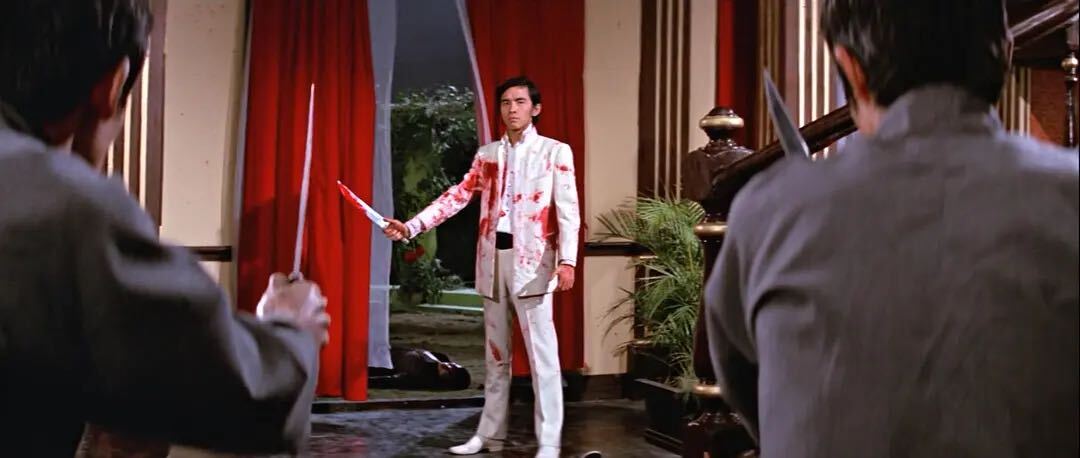
Riding on the success of One-Armed Swordsman, Shaw Brothers pumped out a slew of swordplay flicks in the 1960s. But the arrival of the ’70s saw the studio moving toward more kung fu movies, and Vengeance is one such effort that reunited Ni Kuang and Chang Cheh. Set in 1925, the kung fu drama is about how David Chiang’s (Jiāng Dàwèi 姜大卫) character Xiǎolóu 小楼 goes down a dark path of revenge as he hunts down the person who killed his brother.
The film won Chang Cheh the Best Director Award at the 16th Asian Film Festival and made a star out of David Chiang, who became the first Hong Kong actor to win the Best Actor Award at the same festival.
Fist of Fury
精武门 (jīng wǔ mén) (1972)
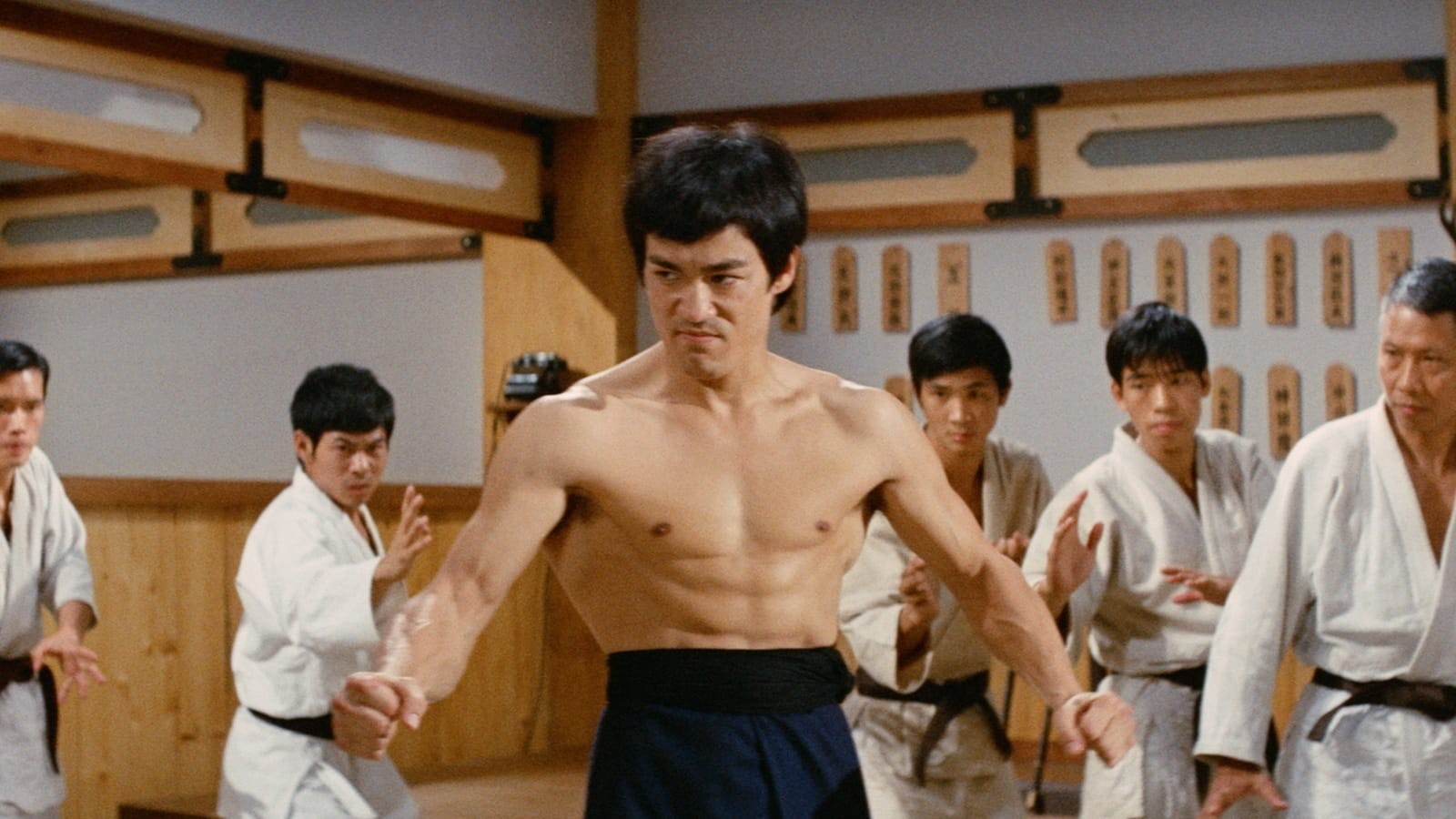
After a decade in America, Bruce Lee returned to Hong Kong in 1971 on a two-picture deal with Shaw Brothers rivals Golden Harvest. Ni played a part in the movie star’s meteoric rise in Asia. For The Big Boss and Fist of Fury, Lee’s two major films under the new contract, Ni was invited by Golden Harvest to create the central characters played by Lee and the main storylines — though the writing credit for both films eventually went to the director, Lo Wei (罗維 Luó Wéi).
In Fist of Fury, Bruce Lee’s Chén Zhēn 陈真 is introduced as a student of the distinguished kung fu master Huo Yuanjia, who, after discovering the death of his teacher at the hands of Japanese imperial soldiers, unleashes his furious fists in 1930s colonial Shanghai. Built on the theme of Chinese nationalism, the movie features the iconic scene of Chen Zhen singlehandedly taking on an entire Japanese dojo before defiantly declaring that “We are not sick men!” a direct reference to the derogatory epithet “Sick Man of Asia” (东亚病夫 dōngyàbìngfū) used by the Japanese against the Chinese people during their occupation of the country.
Interestingly, Ni’s real-life relationship with Chinese patriotism is more complicated. Born in 1935 to a working-class family in Shanghai, Ni was a cadre of the Chinese Communist Party when he was a teenager, working as a public security officer among many roles. But over the years, Ni grew disillusioned with the Party. After a few incidents where he offended his supervisors at work, Ni decided to flee to Hong Kong in 1957 — and he never set his foot in mainland China afterwards.
The 36th Chamber of Shaolin
少林三十六房 (Shàolín sānshíliù fáng) (1978)
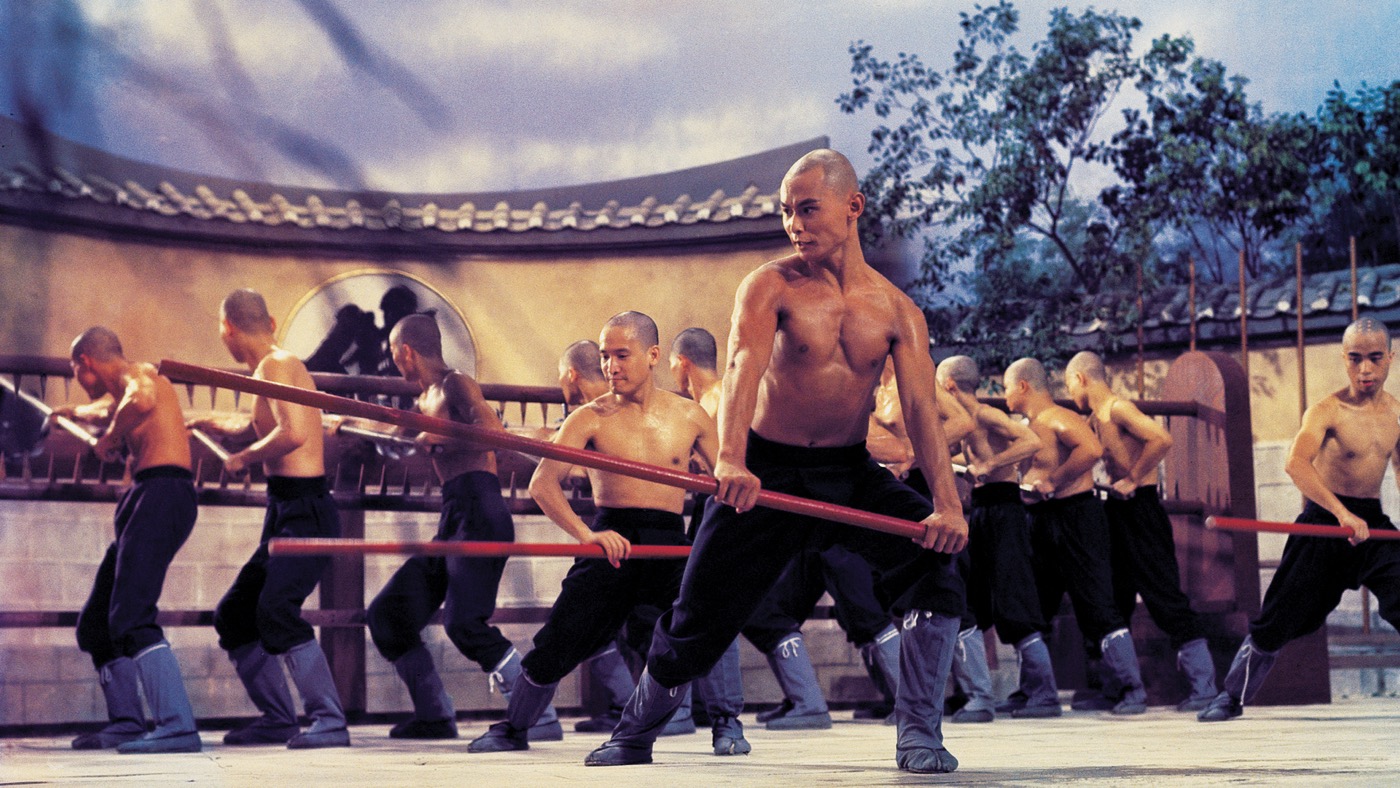
Regularly considered one of the most quintessential kung fu movies that defined the genre, The 36th Chamber Of Shaolin starred Gordon Liu as an unconventional student at a Shaolin temple, where he passes through successive stages of training, each referred to as a chamber, in order to achieve mastery and overthrow a tyrannical government that slaughtered his family.
Immortalized as the inspiration for the debut studio album by American hip hop group Wu-Tang Clan (its de facto leader RZA said in a 2016 interview that he had watched the movie more than 300 times), The 36th Chamber Of Shaolin, which contains perhaps the longest training sequence of any martial arts movie to date, was one of the earliest kung fu films to be imported to Western shores.
Enter the Fat Dragon
肥龙过江 (féi lóng guò jiāng) (1978)

Ni Kang was not involved in the making of Enter the Dragon, Bruce Lee’s only Hollywood martial arts production, which was released shortly after his death in 1973. But Ni found his unique way to pay tribute to the kung fu superstar in 1978’s Enter the Fat Dragon, an action-comedy film that delivered a satirical jab at the Bruceploitation phenomenon of the 1970s, when an endless stream of Lee clones and impersonators emerged to capitalize on the sudden passing of the actor.
Starring and directed by Sammo Hung (Hóng Jīnbǎo 洪金宝), Enter the Dragon follows an overweight pig farmer and Bruce Lee fanatic named Ah-Lung (阿龙 ālóng). As he leaves the farm and moves to Hong Kong to work for his uncle’s food stall, Ah-Lung realizes that what’s acceptable in Bruce Lee movies doesn’t mirror what’s actually acceptable in the city.

